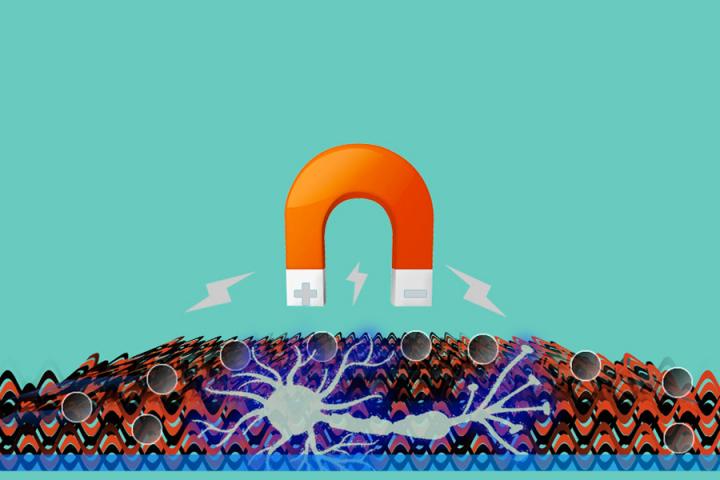Computer Algorithms Improve Timeliness of Overdose Data
/By Pat Anson, PNN Editor
An automated process using computer algorithms to analyze death certificates would speed up and improve data collection on drug overdose deaths, according to a new study by UCLA researchers.
The current system used to track U.S. overdose deaths relies on medical examiners and county coroners – including some with little medical training -- to determine the cause of death and drugs involved. Death certificates are then sent to local jurisdictions or the Centers for Disease Control and Prevention, which codes them according to the International Statistical Classification of Diseases and Related Health Problems, Tenth Edition (ICD-10).
The coding process is manual and time consuming, resulting in delays of several months before the deaths are included in CDC overdose data. With drug deaths at record levels and more dangerous substances entering the illicit drug supply, researchers say that antiquated system delays an effective public health response.
"The overdose crisis in America is the number one cause of death in young adults, but we don't know the actual number of overdose deaths until months after the fact," said lead author David Goodman-Meza, MD, assistant professor of medicine in the division of infectious diseases at the David Geffen School of Medicine at UCLA.
"We also don't know the number of overdoses in our communities, as rapidly released data is only available at the state level, at best. We need systems that get this data out fast and at a local level so public health can respond. Machine learning and natural language processing can help bridge this gap."
Goodman-Meza and his colleagues used computer algorithms to analyze the text for keywords in nearly 35,500 death certificates from nine U.S. counties in 2020. The counties include major cities such as Chicago, Los Angeles, San Diego and Milwaukee.
The researchers say their automated system demonstrated “excellent diagnostic performance” in classifying the drugs involved in overdoses.
“We found that for most substances evaluated, the performance of these algorithms was perfect or near perfect. These models could be used to automate classification of unstructured free-text, thus avoiding the manual and time-consuming process of individually reading each entry and classifying them to a specific substance,” researchers reported in JAMA Network Open.
“Excellent performance was shown for multiple substances, including any opioid, heroin, fentanyl, methamphetamine, cocaine, and alcohol using models for general text. Yet for prescription opioids and benzodiazepines, there was a considerable performance gap.”
That “performance gap” is due in part to weaknesses in the drug classification system, which lumps many synthetic opioids under the same ICD-10 code, including fentanyl, fentanyl analogs, tramadol and buprenorphine – a semi-synthetic opioid used in the addiction treatment drug Suboxone.
In the past, CDC has classified all drug deaths using that code as “prescription opioid overdoses” even though the drugs may have been illicit --- which is the case for the vast majority of deaths involving fentanyl. This resulted in government estimates of prescription opioid overdoses being significantly inflated for many years.
Using the computer algorithms developed at UCLA, prescription opioids ranked far behind fentanyl, alcohol and other substances identified as the cause of death in 8,738 overdoses.
Drugs Involved in 2020 Overdose Deaths in 9 U.S. Counties
Until recently, there was a 6-month time lag in drug deaths being counted in the CDC’s monthly Provisional Drug Overdose Death Counts report. The timeliness of the reports were improved earlier this year to a 4-month delay, but Goodman-Meza says they could be improved even more.
"If these algorithms are embedded within medical examiner's offices, the time could be reduced to as early as toxicology testing is completed, which could be about three weeks after the death," he said.




